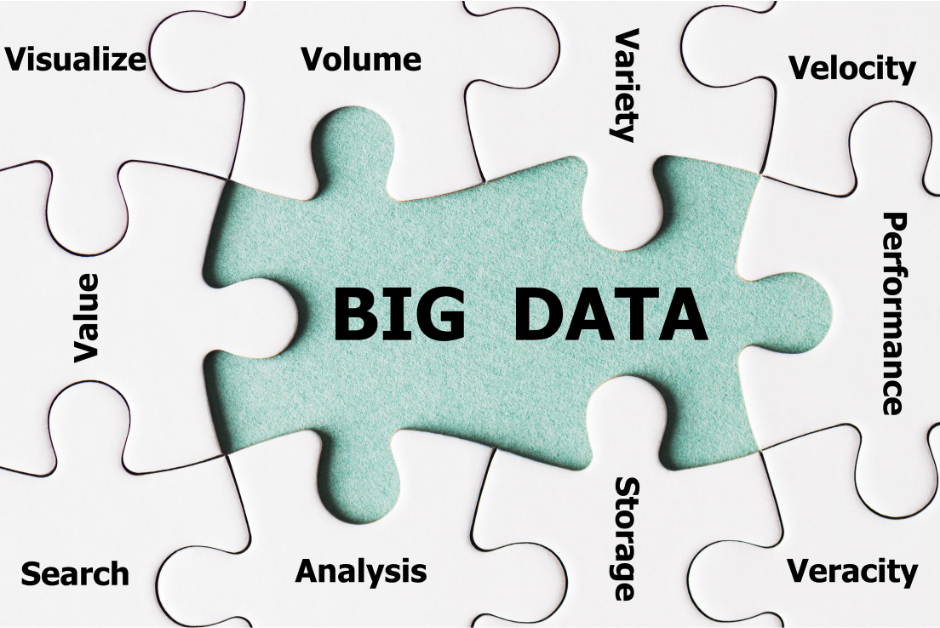
What is Structured vs. Unstructured Data?
TL;DR
- Structured data is predefined, in a set format that can be easily searched by machines.
- Unstructured data is undefined and can be in various formats like text, images, audio, and video files.
- Unstructured data makes up 80% of data.
- 63-70% of enterprise data goes unused.
- Natural Language Processing transforms unstructured data into easy-to-use structured data.
What is Structured vs. Unstructured Data?
As technology gets smarter the digital universe is growing, and companies are collecting more and more data than ever before. This data can produce invaluable insights, but are modern companies capable of managing this data overload? Currently, the answer is (mostly) no. Forrester says on average a whopping 60-73% of data within a single enterprise goes unused… that’s a lot of expensive unused data.
The pharmaceutical industry is no outlier to this statistic and has been drowning in data over the past decade. What makes this data so difficult to use and analyze? First, let’s take a look at what all this data is made up of.
Together, structured and unstructured data make up the Big data that enterprises manipulate and analyze on a daily basis. Structured and unstructured data can be found in a variety of different file types, formats, storage locations, and are used for a variety of tasks. Being able to harness both to capitalize on the value of both data types is crucial.
What is Structured Data?
Structured data, also categorized as quantitative data, is highly specific and clearly defined so it is easily searchable in relational databases. It consists of pre-defined data models, in a fixed format that allows for humans and machines to quickly and effortlessly read and search the data.
A common example of structured data would be an excel file; it has a preset, tabular format with defined relationships between the rows and columns. Structured data is like the Marie Kondo closet, organized, and easily accessible, everything has a place and everything is in its proper place.
Pharmaceutical professionals constantly interact with structured data in the sense of active ingredients, dosage, side effects, and all the other key components that make up an FDA submission.
What is Unstructured Data?
Unstructured data, also categorized as qualitative data, is basically a fancy name for the random text like you would see in your typical word document. Unstructured data remains undefined in its native format meaning it can exist in many different formats. It can consist of videos, audio files, images, and other various file types within the documents. About 80% of all data is unstructured; so it’s no surprise that unstructured data is everywhere in our everyday lives in emails, messages, virtual meetings, social media posts, OCR pdfs and so much more.
Remember that college roommate that never cleaned up their side of the room? They couldn’t find their bookbag, never mind their last pair of clean socks. That’s sort of how searching through unstructured data can feel. No labels, no tags, no real plan for organization.
Unstructured Data in Pharmaceuticals
While you may think there is naturally a lot of quantitative data in the pharmaceutical industry, it would be remiss to discount the value unstructured data can have. For every 1 piece of structured data, there are 4 pieces of unstructured data ready to be analyzed. For Pharma companies, valuable insights can be drawn from electronic medical records (EMRs), imaging from medical scans like MRIs and CT, laparoscopic cameras, surgical robots, research, ChatBots, Medical Board notes, and more.
Modern medicine is producing technological advancements to keep up with ramped diseases and incurable ailments that take innocent lives every day, but unfortunately, some of the invaluable information healthcare professionals receive from these advanced machines can get lost in the vast metaverse of data.
Analyzing Structured and Unstructured Data
Both structured and unstructured data can be very useful for data scientists and business users to analyze trends, make decisions, and better understand the context behind the data. However, all data is not created equal, and they have different tools and processes involved to be properly manipulated.
Structured data doesn’t require much in-depth knowledge and understanding of data. With a general idea of the context surrounding the data, it can be easily interpreted by most business users. Its predefined format makes it simple for both humans and algorithms to recognize and search through.
Unstructured data is extremely useful to data scientists for data mining and predictive analytics but isn’t the most user-friendly for the typical business user. It requires expertise and the use of specialized data mining tools.
How Can We Use Unstructured Data?
The majority of the information systems in the pharmaceutical and healthcare-related industries’ are not capable of processing unstructured data in their native format. Some advancements have been made to make the transformation from unstructured to structured as easy as possible. Natural Language Processing (NLP) is a modern approach to transform unstructured data into easily searchable indices.
ComplianceAuthor™ has a life sciences trained NLP engine that is easily connected into existing data repositories and RIM systems to crawl the data, and store it in controlled compliance components so it is findable, accessible, interoperable, and reusable (FAIR). It can organize “bad” unstructured and structured data in an agency-neutral format that can scale to current and future global and local regulatory requirements. This allows staff to have increased capacity for more strategic work and allows the organization and content authors to easily maintain and update their specialized content.
This opens up a massive world of possibility for the pharma industry who has been plagued by a Mount Everest of unstructured data that has not been utilized to its full potential. For more information on how to transform and optimize your company’s unstructured data visit Glemser’s Global Labeling Playbook or set up a 1:1 meeting with a consultant today.


